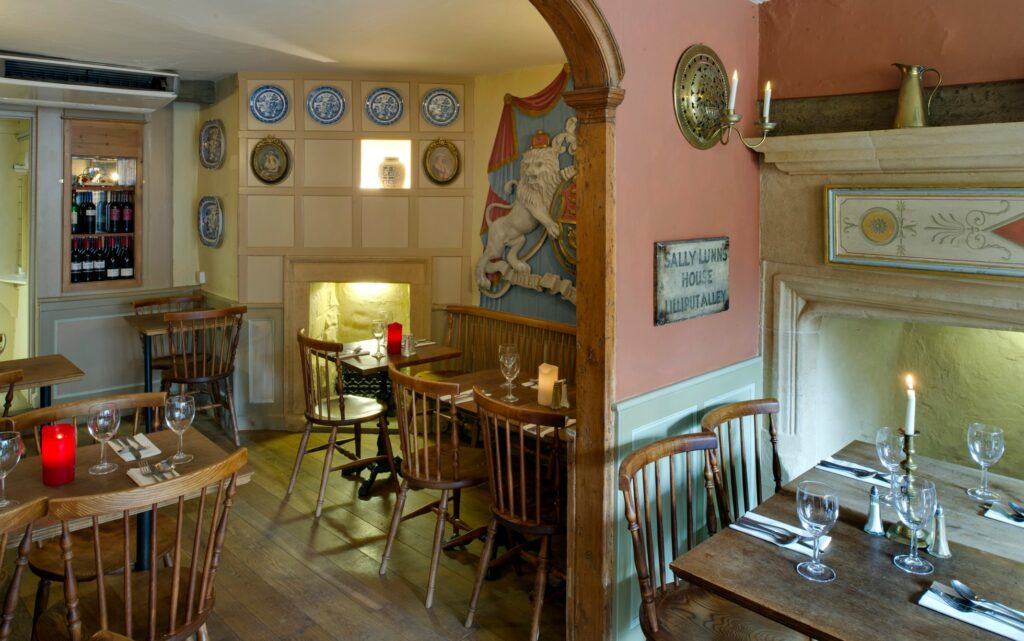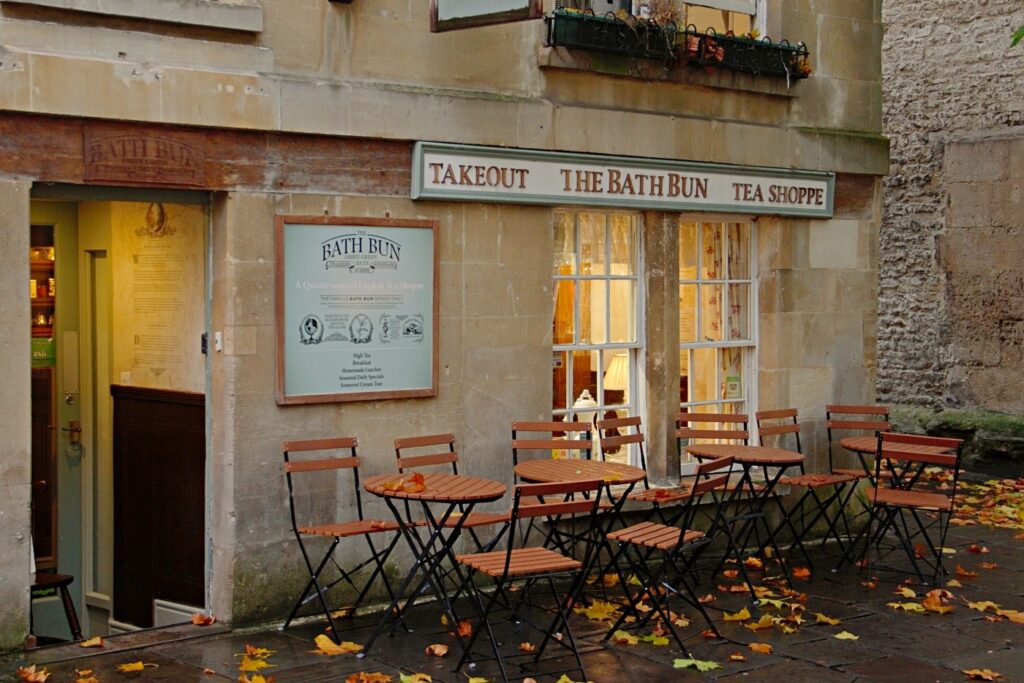In the ceremonial county of Somerset, England, Bath is a city in the Bath and North East Somerset unitary area, known for its Roman-built baths. And it is only a 2-3 hour drive from London or Bristol.
The city has a rich history and well-preserved heritage, making it one of the most popular tourist destinations. Bath is famous for its Roman and Georgian architecture and natural hot springs. It boasts many iconic landmarks and offers literary connections that we will discuss in this blog.
A BRIEF HISTORY AND ORIGIN OF BATH
Bath has a captivating history spanning over two millennia. Its history is a testament to its enduring charm and cultural significance, making it one of the most appealing and historically attractive cities in the United Kingdom.
Bath emerged as a spa town called “Aquae Sulis.” Its origins lie in the Roman period, with the construction of the Roman Baths and a temple dedicated to the Goddess Sulis Minerva. After the Roman Empire in the medieval era, Bath thrived as a wool and cloth trade centre. In the 18th century, Bath experienced a Renaissance, becoming a fashionable spa town with Georgian architecture designed by John Wood the Elder. During this period, it also became associated with authors like Jane Austen. The city suffered bombing in World War II but underwent post-war reconstruction.
Today, Bath is a UNESCO World Heritage Site, celebrated for its enduring architectural and historical charm.
PLACES TO VISIT IN BATH, ENGLAND
Bath is a beautiful and culturally rich city with many places to visit. Here are only a few top attractions and some “must-visit” places to explore in Bath.
ROMAN BATHS
The Roman Baths are one of the city’s most famous attractions. You can explore the ancient Roman bathing and social complex, complete with well-preserved baths, statues, and artefacts. However, entering this wonder costs more than you might think.
But it is worth the visit. Please book the tickets in advance from the Roman Baths website to avoid refusal at the last minute or even waiting in a long queue. It can be very crowded during the summer months.
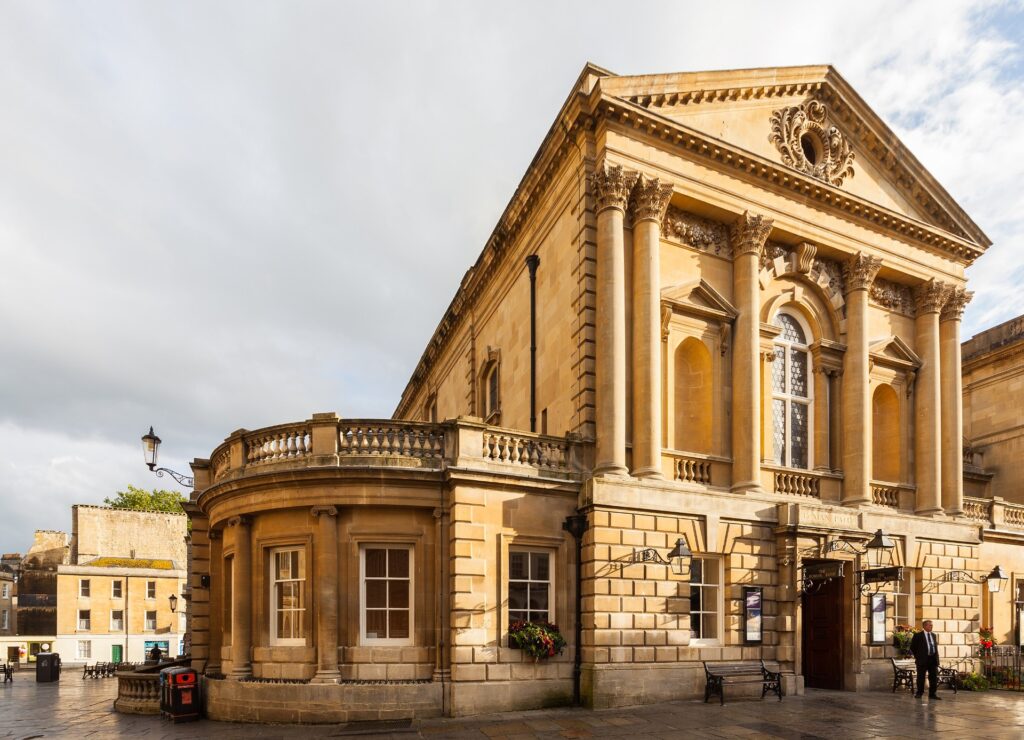
BATH ABBEY
Bath Abbey is a stunning Gothic church standing in the city’s heart next to the Roman Baths. You can visit the interior and even take a tower tour for panoramic views of Bath. Although it was free to enter the church earlier, they have started to charge small amounts for visitors. We paid around £5 per person.
The Romanesque church windows and the artistic vaulted ceilings take you back in time. It was so breathtaking.
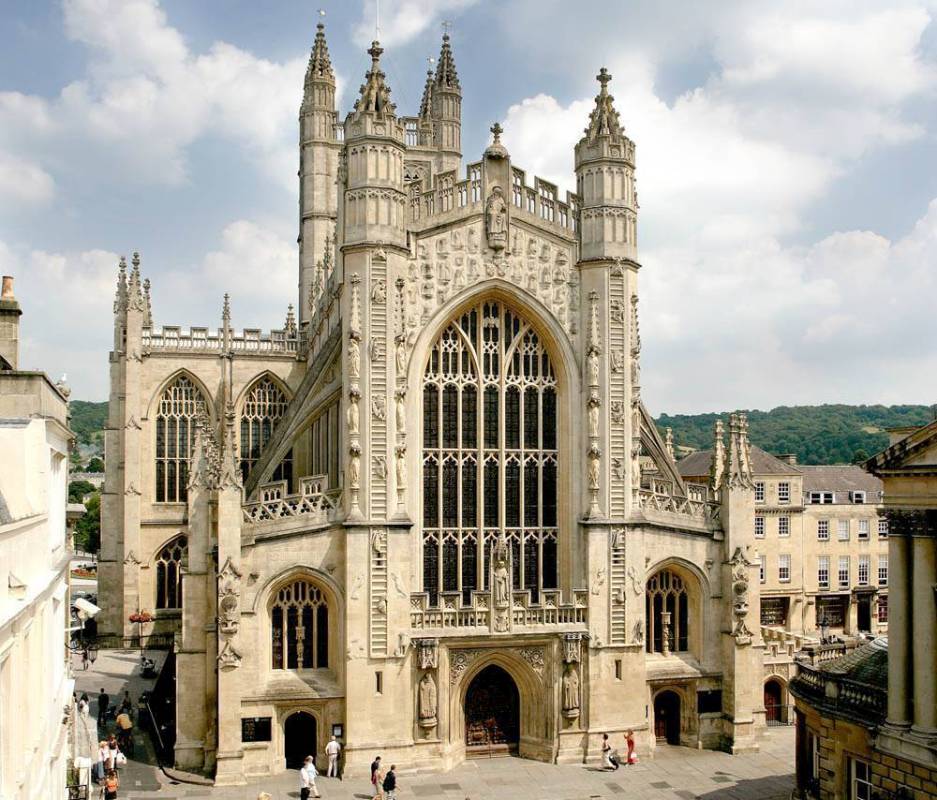

THE ROYAL CRESCENT
This iconic architectural masterpiece, designed by John Wood the Younger, is a semicircular row of 30 terraced houses. The Royal Crescent is a prime example of Georgian architecture. You can see more photos of me with this medieval marvel on my Instagram page. And if you’re tired from walking around the city, you can also visit the Royal Victoria Park next to the Crescent. Sit, relax, and enjoy the view.

THE JANE AUSTEN CENTER
Then, visit and learn about the life and works of the famous author Jane Austen. She spent a considerable amount of time in Bath during the medieval ages. The centre provides many insights into her connection to the city. And her passion for the city reflects in her two published novels. You can self-guide your visit through the beautifully designed museum. However, try to pre-book the entrance to save time from queues.
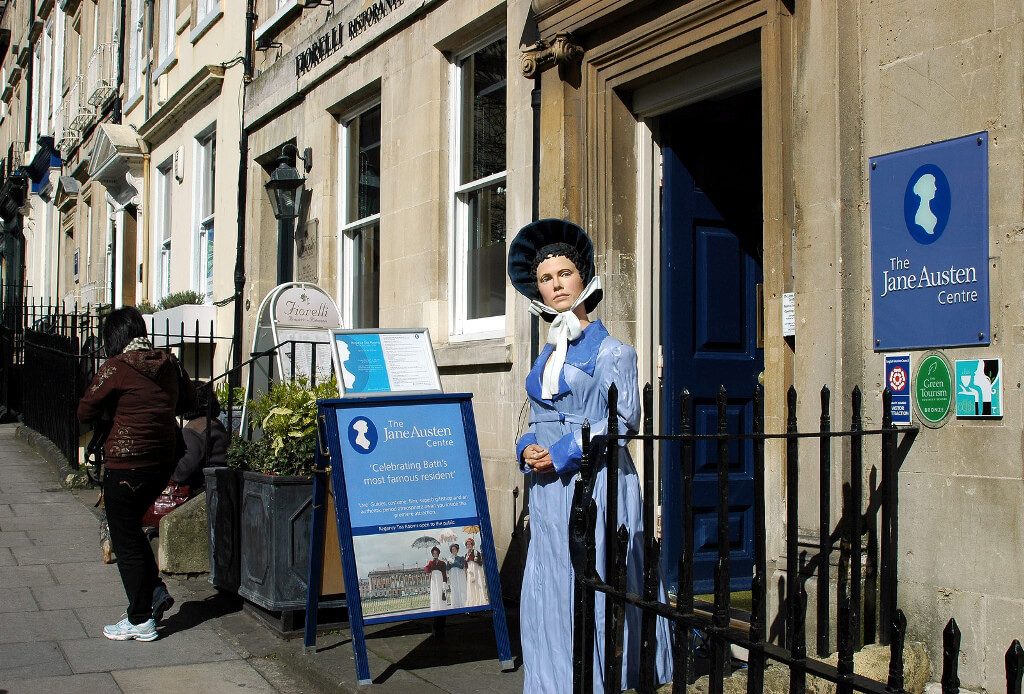

PULTENEY BRIDGE
This picturesque Pulteney Bridge crosses the fast-flowing River Avon. And the view of the river with the cut-steps is emasculating from the bridge. It is one of four bridges worldwide that feature shops on both sides, making it a unique experience. If you visit Bath during the sunny days, you will see how the beauty of the architecture just enhances.
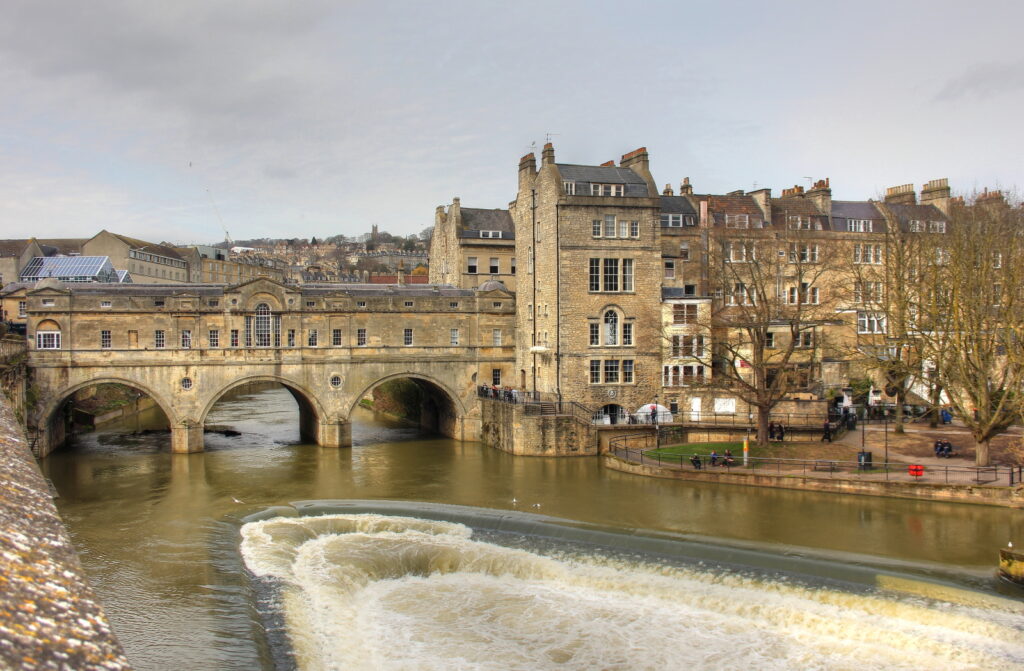
HOLBURNE MUSEUM
The Holburne Museum is an elegant Georgian building housing an extensive collection of art and decorative objects. It features works from renowned artists like Gainsborough and Turner, with a diverse range of fine and decorative arts. The museum is set in picturesque gardens, offering a tranquil and cultural experience. Also, have you watched the Netflix Original Bridgerton? The series presents multiple snippets of this architecture and the city.
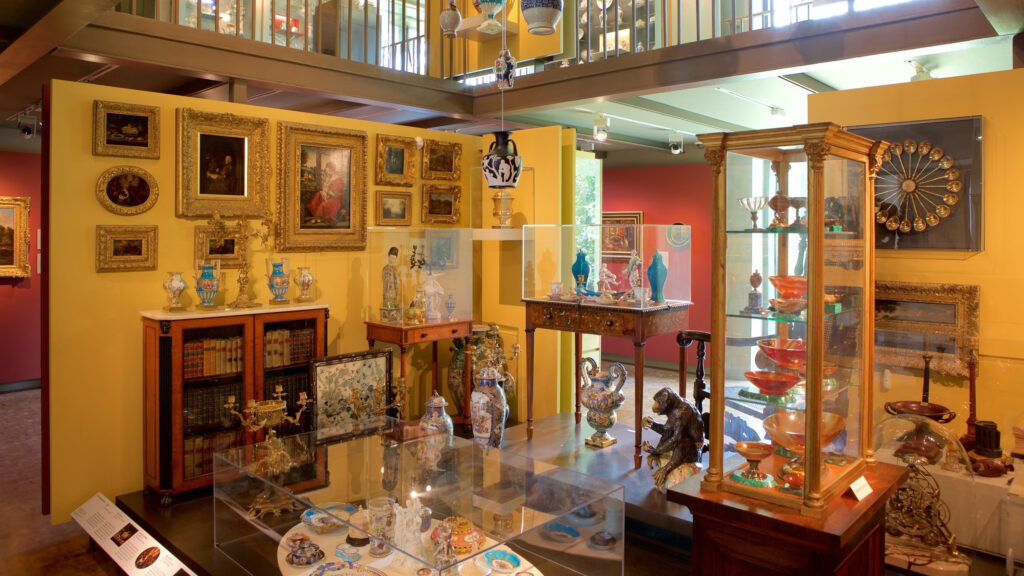
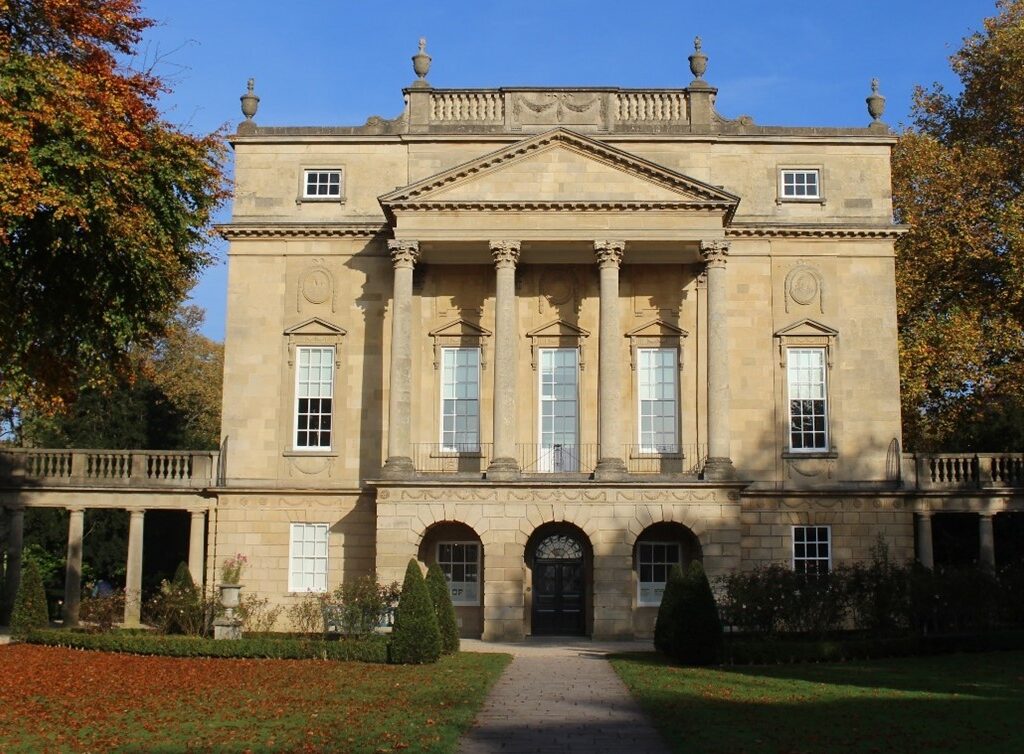
ALEXANDRA PARK, BATH
Alexandra Park in Bath is a tranquil green space with panoramic city views. It offers lush gardens, walking paths, and a Victorian bandstand. The park is a serene retreat for both locals and visitors.
Unfortunately, you’ll need to climb many stairs to reach the top, so bring your walking shoes. However, you can also drive to the surface for the breathtaking city view. The park also hosts music events and fun fairs on certain days, making it a must-visit during evening strolls.
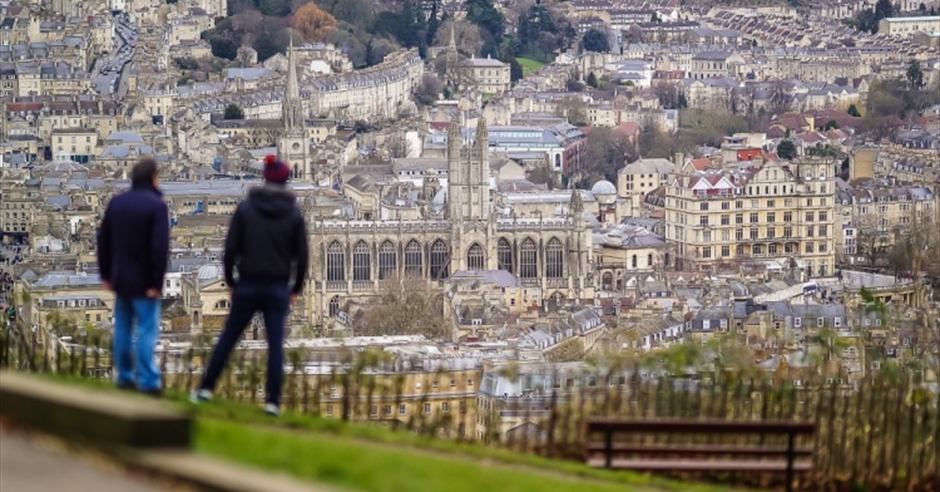
ROYAL VICTORIA ART GALLERY
Residing next to the Guildhall, it features an extensive collection of British paintings from the 17th century. The Royal Victoria Art Gallery provides visitors with a rich visual journey through the history of British art. If you’re an art enthusiast, you can easily spend 1-2 hours at the gallery.


DINING AT THE HISTORIC QUARTER
When you wander through the charming streets of Bath’s historic quarter, you’ll find many independent shops, cute cafes, and elegant restaurants. However, I have narrowed it down to four places that you can go for lunch or dinner.
The Pump Room: Located right next to the Roman Baths and Bath Abbey, this historic venue offers an elegant setting for traditional afternoon tea and light lunches.
The Bath Bun: A short walk from the Roman Baths, this charming tearoom is known for its traditional buns and light snacks. It’s a cosy place to relax and enjoy a cup of tea.
Sally Lunn’s Historic Eating House: Famous for its “Sally Lunn bun,” this historic eatery serves a variety of sweet and savoury options in a historic setting.
“The Real Italian Pizza Co”: A cosy Italian restaurant specialising in wood-fired pizzas and homemade pasta dishes. It is the best place to find Italian cuisine in the UK.
